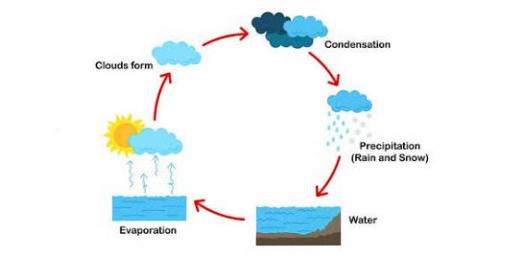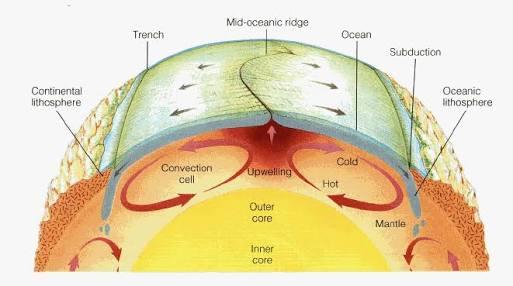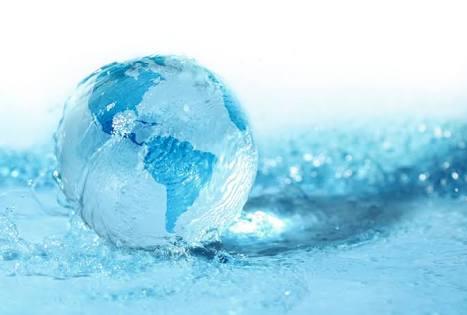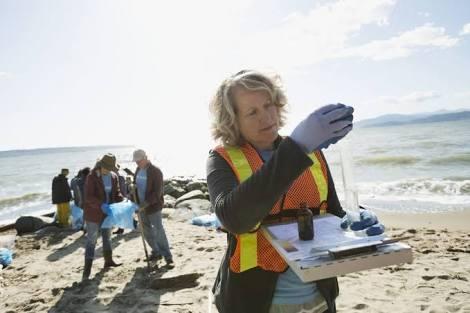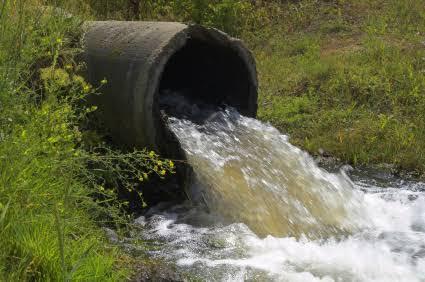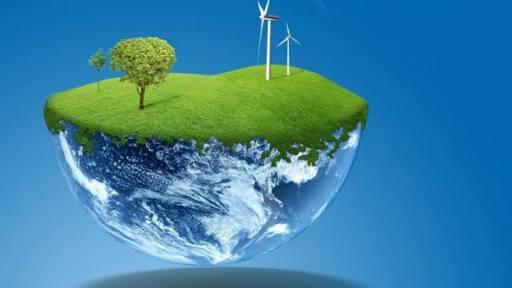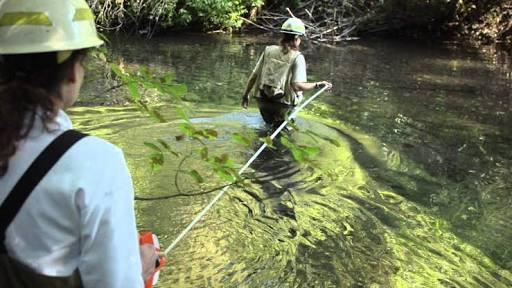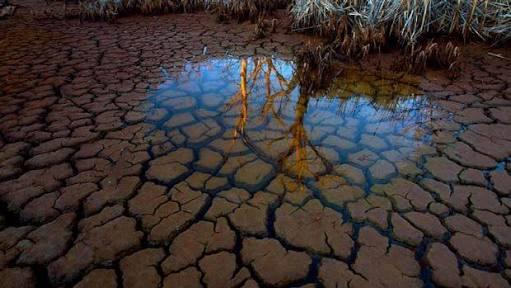Quiz On Hydrology
-
All of these are branches of Hydrology except...
-
Hydrogeology
-
Ecohydrology
-
Chemical Hydrology
-
Human Hydrology
-
Hydrology is a branch of science that deals with the study of water on Earth. Get your knowledge and take this quiz. The quiz contains various questions about hydrology which check not only your factual knowledge but also conceptual knowledge and provides you with a valuable learning experience that will help you know more about the subject. It has a See morewide coverage of easy, medium, to hard-level questions. So let's see how prepared you are to attempt these questions. If you find the quiz helpful, do share it with your friends. All the best!

Quiz Preview
- 2.
One of these is the study of interaction between organisms and hydrological cycle?
-
Chemical hydrology
-
Ecohydrology
-
Hydroinformatics
-
Hydrogeology
Correct Answer
A. EcohydrologyExplanation
Ecohydrology is the study of the interaction between organisms and the hydrological cycle. It focuses on understanding how water availability and quality affect ecosystems, and how ecosystems, in turn, influence the movement and distribution of water. This field of study examines the complex relationships between hydrological processes and ecological systems, including the impact of human activities on these interactions. By studying ecohydrology, scientists can gain insights into the sustainable management of water resources and the conservation of ecosystems.Rate this question:
-
- 3.
In the first century, who described the philosophical theory of the hydrologic cycle?
-
Edmund Halley
-
Leonardo da Vinci
-
Bernard Palissy
-
Marcus Vitruvius
Correct Answer
A. Marcus VitruviusExplanation
Marcus Vitruvius was a Roman architect and engineer who lived during the first century BC. He wrote a book called "De Architectura" (On Architecture) in which he described various theories and principles of architecture, including the hydrologic cycle. In this book, he discussed the movement of water through evaporation, condensation, and precipitation, and how it affects the Earth's climate and water supply. Vitruvius' work on the hydrologic cycle was groundbreaking for its time and laid the foundation for our modern understanding of this natural phenomenon.Rate this question:
-
- 4.
What process brings the deep cold ocean current up to the surface?
-
Conduction
-
Global Wind Patterns
-
Convection Currents
-
Temperature and salinity
Correct Answer
A. Convection CurrentsExplanation
Convection currents are responsible for bringing the deep cold ocean current up to the surface. Convection is the transfer of heat through the movement of fluids, and in this case, it refers to the upward movement of the cold water due to differences in temperature and density. As the cold water sinks and becomes denser, it is replaced by warmer water from the surface, creating a continuous cycle of circulation. This process helps to distribute heat and nutrients throughout the ocean, affecting global climate patterns and marine ecosystems.Rate this question:
-
- 5.
About how much of the Earth's surface is covered with water?
-
4/5
-
3/4
-
2/3
-
1/2
Correct Answer
A. 3/4Explanation
Approximately 3/4 of the Earth's surface is covered with water. This is a well-known fact and is supported by scientific data. The Earth is often referred to as the "Blue Planet" because of its abundant water bodies, including oceans, seas, lakes, and rivers. The remaining 1/4 of the Earth's surface is comprised of landmasses. The vast amount of water on Earth plays a crucial role in regulating the planet's climate, supporting various ecosystems, and providing a habitat for countless marine species.Rate this question:
-
- 6.
Who is considered the father of Hydrology?
-
Majid Hassanizadeh
-
Vasily Dokuchaev
-
Robert E. Horton
-
John Williams
Correct Answer
A. Robert E. HortonExplanation
Robert E. Horton is considered the father of Hydrology because he made significant contributions to the field. He developed the Hortonian overland flow model, which describes the movement of water across the land surface. This model revolutionized the understanding of surface runoff and infiltration processes. Horton's work laid the foundation for modern hydrological studies and his research continues to be influential in the field.Rate this question:
-
- 7.
What is the flow of land into the body of water?
-
Groundwater
-
Run-off
-
Infiltration
-
Headwaters
Correct Answer
A. Run-offExplanation
Run-off refers to the movement of water from land surfaces into bodies of water such as rivers, lakes, and oceans. It occurs when precipitation, such as rain or snow, exceeds the ability of the land to absorb it. Instead, the excess water flows over the surface, carrying with it sediments, pollutants, and nutrients. This flow of water plays a crucial role in the water cycle and the overall health of aquatic ecosystems.Rate this question:
-
- 8.
One of these is not a subdivision of Hydrology.
-
Surface water hydrology
-
Hydrogeology
-
Marine hydrology
-
Hydrometeorology
Correct Answer
A. HydrometeorologyExplanation
Hydrometeorology is the study of the water cycle and its interaction with the atmosphere, including the study of precipitation, evaporation, and atmospheric moisture. It focuses on the meteorological aspects of water, rather than the physical properties or distribution of water on Earth's surface or underground. In contrast, surface water hydrology deals with the study of water on the Earth's surface, hydrogeology focuses on the study of groundwater, and marine hydrology deals with the study of water in the oceans. Therefore, hydrometeorology is the only option that does not fall under the subdivision of hydrology.Rate this question:
-
- 9.
Hydrologist studies all of these except...
-
Water cycle
-
Water resources
-
Environmental watershed sustainability
-
Water carbon
Correct Answer
A. Water carbonExplanation
A hydrologist is a scientist who studies the distribution, movement, and quality of water on Earth. They analyze various aspects related to water, such as the water cycle, water resources, and environmental watershed sustainability. However, water carbon is not a term or concept typically studied by hydrologists. Carbon is more commonly associated with the carbon cycle and its impact on climate change, which falls under the domain of climate scientists or environmental scientists.Rate this question:
-
- 10.
Which of these branches is the study of flow of groundwater?
-
Hydrogeology
-
Hydroinformatics
-
Ecohydrology
-
Hydrometeorology
Correct Answer
A. HydrogeologyExplanation
Hydrogeology is the study of the flow, distribution, and quality of groundwater. It focuses on understanding the movement of water through underground aquifers and the geological formations that contain and control the flow of groundwater. This branch of geology is essential for managing and protecting water resources, assessing the potential for groundwater contamination, and designing systems for groundwater extraction. Hydrogeologists use various methods such as drilling, sampling, and modeling to study the behavior of groundwater and its interaction with surface water and the environment.Rate this question:
-
Quiz Review Timeline (Updated): Aug 19, 2023 +
Our quizzes are rigorously reviewed, monitored and continuously updated by our expert board to maintain accuracy, relevance, and timeliness.
-
Current Version
-
Aug 19, 2023Quiz Edited by
ProProfs Editorial Team -
Nov 08, 2017Quiz Created by
Cripstwick
 Back to top
Back to top



